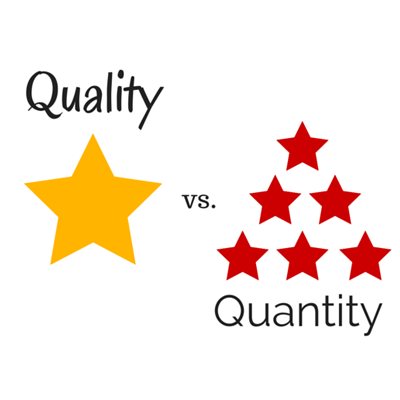
Generating Leads
Making a prospect feel like they have an exclusive membership in a club makes Lead Generation a positive customer experience.
– Mark Brower
Successful internet marketing will allow you to generate and capture leads. The internet has changed the way that we capture leads. Traditionally, cold calling or sending mailers were the main methods for generating and capturing lead. Online methods have made the process much simpler, and they save time.

Lead Management and Generation
A lead is anyone who shows interest in your company’s services or product. When generating leads online, the landing page is your greatest tool. Visitors who fill out contact information on landing pages are leads that you can market your products to directly. By choosing to volunteer their contact information, these visitors are showing interest in your product and are prime candidates to buy. There is also software available that will help generate and manage leads based by tracking visitors and their actions. Identifying search terms and referring URLs will also generate leads for the company.
When managing leads, it is important to use different methods such as email, newsletters, promotional offers, social media, white papers, and webinars as touch points to nurture leads. Using this cross section of mediums is typically the more effective method of lead management. The key to converting leads to sales at this point is being consistent in your message. Customers are less likely to commit when they see inconsistencies between the messages.
Give Something Away
A classic method of lead capturing is giving something away. The method of lead capturing is common in brick and motor stores that offer free samples to shoppers. The same rule can be easily applied in the online community. However, when you do offer leads free products or services, they must be of value to your target audience. For example, a discount on last season’s product is not a giveaway to capture leads; it is a sale. Giveaways are an expensive loss for your company if they do not promote value to your customers. When you give something away, it should accurately reflect your brand and inspire your lead to make a purchase.

Typical Giveaways:
Discounts: Offer coupons or vouchers for products and services.
Samples: Offer to send free samples of your product or a test of your services such as a 30-day free trial.
Freebies: Free gifts can be sent through direct mail services. You can also offer free downloads or webinars if you only have an online presence.

Quality vs. Quantity
When generating leads, there is always the question of quality vs. quantity. Your content should draw in people who have an interest in your product, but you need to determine which of these leads to nurture. Quantity leads can be found using search engine results such as pay per click, but this does not guarantee interest. It is true that quality leads are more likely to buy. These leads include people who follow the company on Facebook and people willing to fill out landing pages. However, generating quality leads requires research that will increase company cost. It may also leave out potential customers. For example, you may not follow up with a lead for which you only have an email address when you focus on quality. Limited information, however, does not mean that the lead could not be nurtured into making a purchase.
So, which method of lead capture is better? The truth is that there is no right answer. Each method has its advantages and disadvantages. You must be aware of your quality and quantity lead, but who you choose who to nurture must be based on what the right fit for your business is. Many companies choose to mix their lead generation methods at the beginning to determine the best methods for them. As you make changes to your lead generation system, measure and review the results. This will show you if quality or quantity provides you a better ROI, and you can revise your methods.
Capture Repeat Customers
Statistically, 80% of your business comes from repeat customers. This is why you cannot ignore former customers. A business that focuses on nurturing leads but not current customers is doomed to failure. Fortunately, repeat customers have already proven that they have an interest in the company. All you have to do is make sure that you have captured their information at checkout and continue building a relationship. The key to repeat customers is to mixing promotions with other communications that are entertaining, helpful, or informative. This way they do not feel like you are constantly selling to them. For example, you should remember customers on their birthdays. Remember, promotions should only make up ¼ of your communication.

Examples of useful customer communications:
- Host events for repeat customers
- Offer free gifts for repeat customers
- Provide expert information
- Create a rewards program
Practical Application
Harold was having difficulty with his leads. His business generated quite a few leads, but only 6% of them ever converted to sales. His method for handling leads was to send out a mass email to every lead showcasing his company’s strengths. When the leads responded, he would send further information. Harold used pay per click to collect leads, and he was not seeing a very high ROI for his efforts. Finally, his mentor helped him create a landing page. After three months, Harold saw a total conversion rated of 20% and 15% came from the quality leads that were generated by the landing page.





